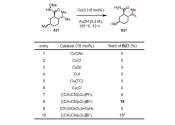Researchers find deadly fungus can multiply by having sex, which could produce more drug-resistant, virulent strains
Researchers at McMaster University have unlocked an evolutionary mystery of a deadly pathogen responsible for fueling the superbug crisis: it can reproduce by having sex.









